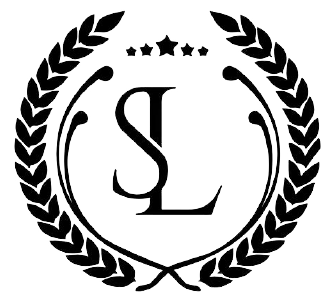How do you date a Burroughs adding machine?
How do you date a Burroughs adding machine?
The manufacturing date of early Burroughs Class 1, 2, and 3 machines can be identified by the serial number on the front of the machine. You will also need to identify the model or style of the machine from the descriptions in the information provided.
Who invented the adding machine in 1888?
William Seward Burroughs
William Seward Burroughs received a patent for his adding machine on August 25, 1888. He was a founder of American Arithmometer Company, which became Burroughs Corporation and evolved to produce electronic billing machines and mainframes, and eventually merged with Sperry to form Unisys.
Who invented Burroughs adding machine?
William Seward Burroughs I
Burroughs Corporation/Founders
Its inventor, William Seward Burroughs, was awarded The Scott Medal in 1897 from the Institute for the combination of calculator and printer. The fully mechanical machine performs only one mathematical function: addition.
What happened to Burroughs?
The Burroughs Corporation was a major American manufacturer of business equipment….Burroughs Corporation.
| Burroughs Corporation logo | |
|---|---|
| Industry | Hardware |
| Fate | Merged with the Sperry Corporation in 1986 to form Unisys |
| Key people | William Seward Burroughs I |
What is a Comptometer machine?
The Comptometer was the first commercially successful key-driven mechanical calculator, patented in the United States by Dorr Felt in 1887. Although the comptometer was primarily an adding machine, it could also do subtractions, multiplication and division.
What did Burroughs invent?
adding machine
William Seward Burroughs, (born January 28, 1855, Auburn, New York, U.S.—died September 15, 1898, Citronelle, Alabama), American inventor of the first recording adding machine and pioneer of its manufacture.
What is Burroughs machine in computer?
The Burroughs Large Systems Group produced a family of large 48-bit mainframes using stack machine instruction sets with dense syllables. The first machine in the family was the B5000 in 1961. It was optimized for compiling ALGOL 60 programs extremely well, using single-pass compilers. It evolved into the B5500.
Why did William Burroughs invent the adding machine?
So, he invented a “calculating machine” (first patent filed in 1885) designed to ease the monotony of clerical work. By 1890, the machines were well known in the banking industry, and adoption was spreading. He was a founder of the American Arithmometer Company (1886).
What’s a Contometer operator?
Comptometer operators were taught to use their machine in the same way that typewriters and computer keyboards can be operated using the “touch typing” technique. An important feature of Comptometers, which is widely used in these instructions, is that keys in different columns can be pressed simultaneously.
When did the Burroughs portable adding machine come out?
The Burroughs “Portable” Adding Machine (Class 8 and Class 9) was introduced in 1925-6 became the basic design for the adding machines for many years until the Burroughs Series J ten-key adder was introduced and started to gradually replace it.
Where is the serial number on a Burroughs portable adder?
Some later model portable adders had the serial attached to the base of the machine, in the very front. The manufacturing date of early Burroughs Class 1, 2, and 3 machines can be identified by the serial number on the front of the machine.
How many items does the Burroughs full keyboard add?
“Adding Machines – Full-Keyboard – Burroughs” showing 39 items. This is a very early example of the printing full-keyboard adding machine invented by William Seward Burroughs. It was manufactured in St. Louis by the American Arithmometer Company.
How many numbers does a Burroughs machine have?
Until 1914-1915, Burroughs machines were not numbered in sequence. The practice was to reserve a series of 1,000 to 5,000 numbers (more or less) and assign them to one model, and when that series was exhausted, a new set in a different series would be assigned.
